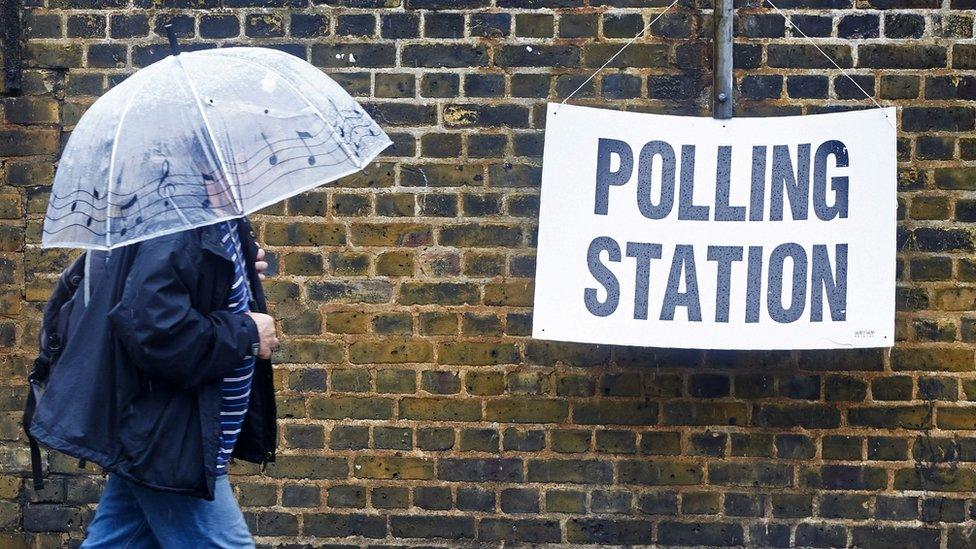General election 2019: A really simple guide
- Published
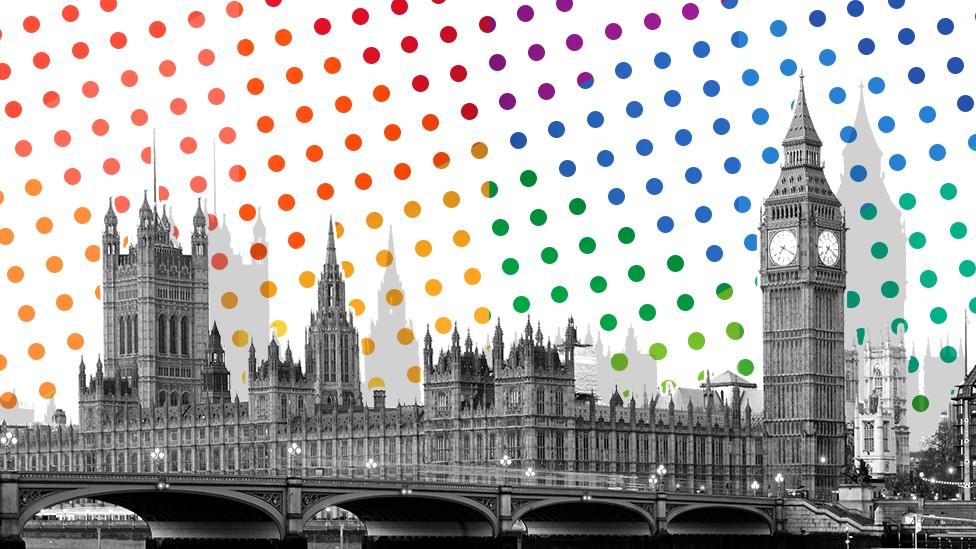
The UK is gearing up to hold a general election on Thursday.
These national votes, to choose a government to run the country, are supposed to be held every five years.
But this would be the third since 2015.
What is this election for?
A total of 650 people will be chosen as members of Parliament (MPs), to decide laws and policies.
MPs are elected to the House of Commons, one of two chambers of Parliament in London, where the government is based.
The government passes laws that help it run the country. This compares with local governments which deal with issues such as bin collections and schools in each area.
How does voting work?
In a general election, the UK's 46 million voters are invited to choose an MP for their area - one of 650 constituencies.
Anyone aged 18 or over can vote, as long as they are registered and a British citizen or qualifying citizen of the Commonwealth or Republic of Ireland.
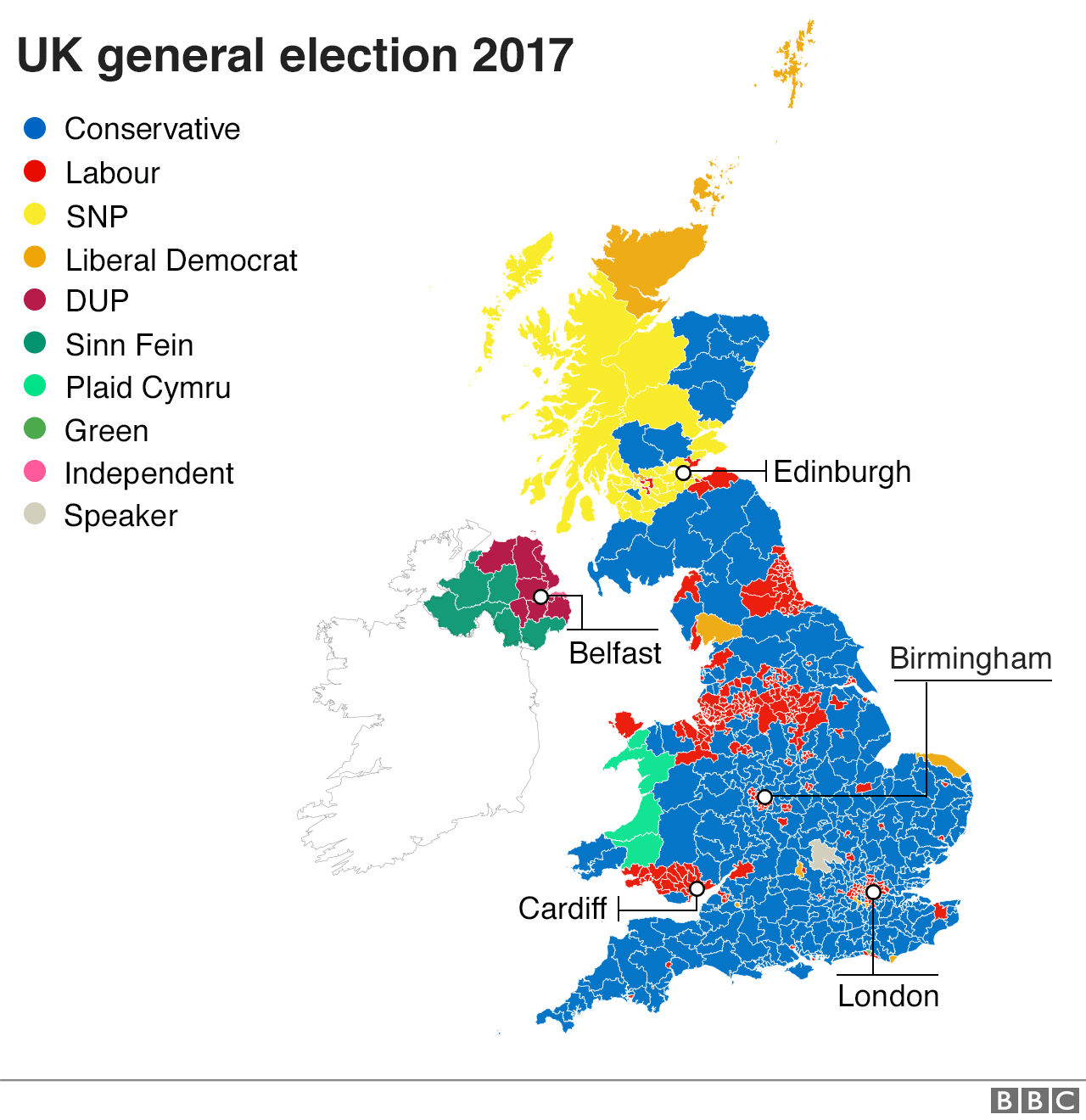
Older people are more likely than younger ones to vote. At the 2017 general election, 59% of 20- to 24-year-olds voted, compared with 77% of 60- to 69-year-olds.
However, about two-thirds of the more than 3.1 million people who registered to vote between the election being called and the registration deadline were under the age of 35, with more than a million of them under 25.
Voting takes place at local polling stations, set up in places such as churches and school halls. Voters put a cross on the ballot paper beside the name of their chosen candidate and drop it into a sealed ballot box.
Who can stand for Parliament?
Most people over 18 on polling day can stand as a candidate - as long as they are a British citizen or a qualifying Commonwealth or Republic of Ireland citizen resident in the UK.
They must also pay a £500 deposit, which will be lost if they do not get at least 5% of the votes in their constituency.
Candidates must meet certain conditions - prisoners, civil servants, judges and members of the police and armed forces cannot stand.
A total of 3,322 candidates are standing across the 650 seats this year.
There are 91 Davids standing for election - the most popular name among the candidates - while the first female name on the list is Sarah in 18th place. There are 22 candidates with that first name standing.
How are the winners chosen?
The candidate with the most votes in each constituency is elected, even if they are chosen by less than half the electorate in their seat.
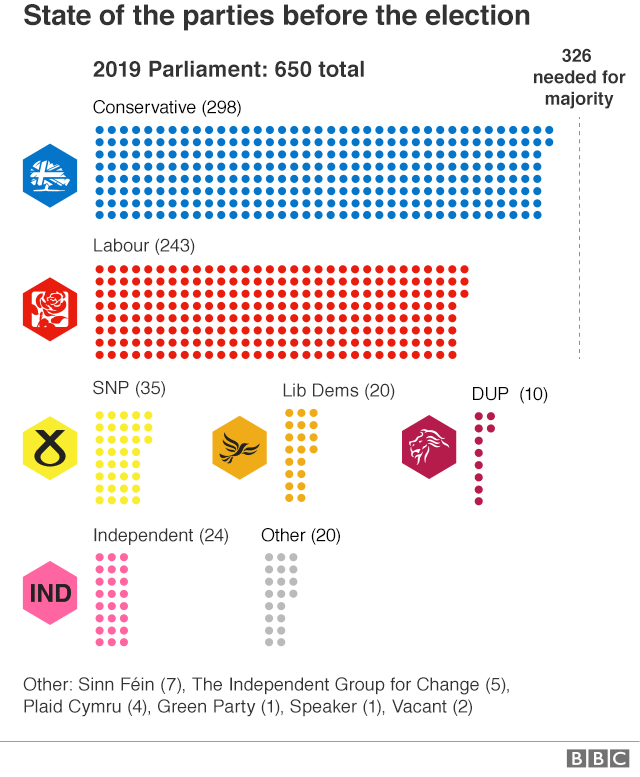
Most MPs represent a political party but some stand for election as independent candidates.
Any party with more than half the MPs (326) in the Commons usually forms the government. Parties with well below 50% of the national vote can take power as a result of the UK's voting system.
If no party has a majority of MPs, the one with the most can form a coalition - or partnership - with one or more other parties to gain control.
The prime minister is not directly voted for by the public. He or she is chosen by the winning party's MPs and appointed by the Queen, who is duty bound to follow their advice.
What are the big issues at this election?
Detailed proposals for everything from the economy to defence and policing are set out before any general election in manifestos.
These come from the UK's political parties - groups of people with similar political beliefs who come together to try to win power.
The issues UK voters care most about have changed a lot, according to the polls.
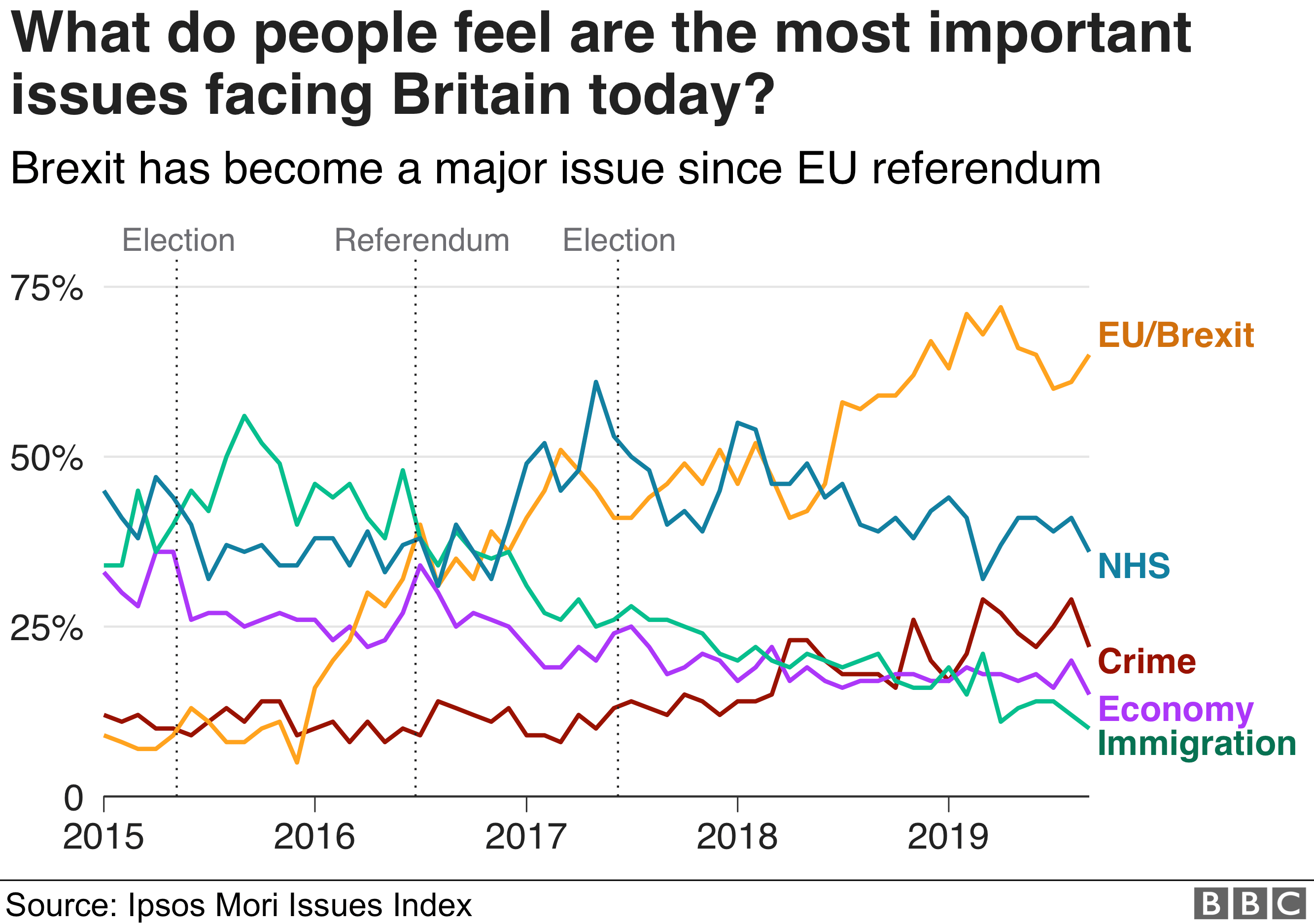
The National Health Service (NHS) and immigration were the things that most concerned voters in 2015.
The European Union (EU) was of far less interest.
Now, however, Brexit - the UK's departure from the EU - is a huge issue.
What happened at the last election, in 2017?
Neither the Conservative or Labour parties had enough votes to form a majority government after the 2017 election.
The Conservatives were the bigger of the two parties and formed a partnership with the Democratic Unionist Party DUP in order to win votes in the Commons.
Since the election, the Conservatives and Labour have both lost MPs, while the Liberal Democrats have made gains.

Parliament's second chamber is the House of Lords.
Its members are not elected but are appointed by the Queen, on the prime minister's advice.
When do we find out the result?
On general election day, voting takes place between 07:00 and 22:00. The results are declared through the night and the following day.
When the overall result is known, the leader of the winning party, if there is one, visits Buckingham Palace to ask the Queen for permission to form a new government.
Once they have that, which is a formality, they return to the traditional home of the prime minister 10 Downing Street.
Often they will stand outside to deliver a speech about their party's plans for the coming years.
If you cannot see the interactive content above click here., external
Written by Ian Westbrook and produced by Dominic Bailey, Steven Connor and Prina Shah


MANIFESTO GUIDE: Who should I vote for?, external
POSTCODE SEARCH: Find your local candidates, external

- Published30 October 2019

- Published27 November 2019
